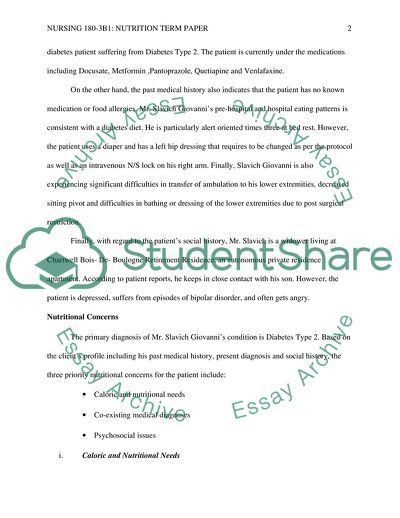Cite this document
(Assessment of the Nutritional State of the Patient Term Paper, n.d.)
Assessment of the Nutritional State of the Patient Term Paper. Retrieved from https://studentshare.org/nursing/1866661-nutrition-term-paper
Assessment of the Nutritional State of the Patient Term Paper. Retrieved from https://studentshare.org/nursing/1866661-nutrition-term-paper
(Assessment of the Nutritional State of the Patient Term Paper)
Assessment of the Nutritional State of the Patient Term Paper. https://studentshare.org/nursing/1866661-nutrition-term-paper.
Assessment of the Nutritional State of the Patient Term Paper. https://studentshare.org/nursing/1866661-nutrition-term-paper.
“Assessment of the Nutritional State of the Patient Term Paper”, n.d. https://studentshare.org/nursing/1866661-nutrition-term-paper.


